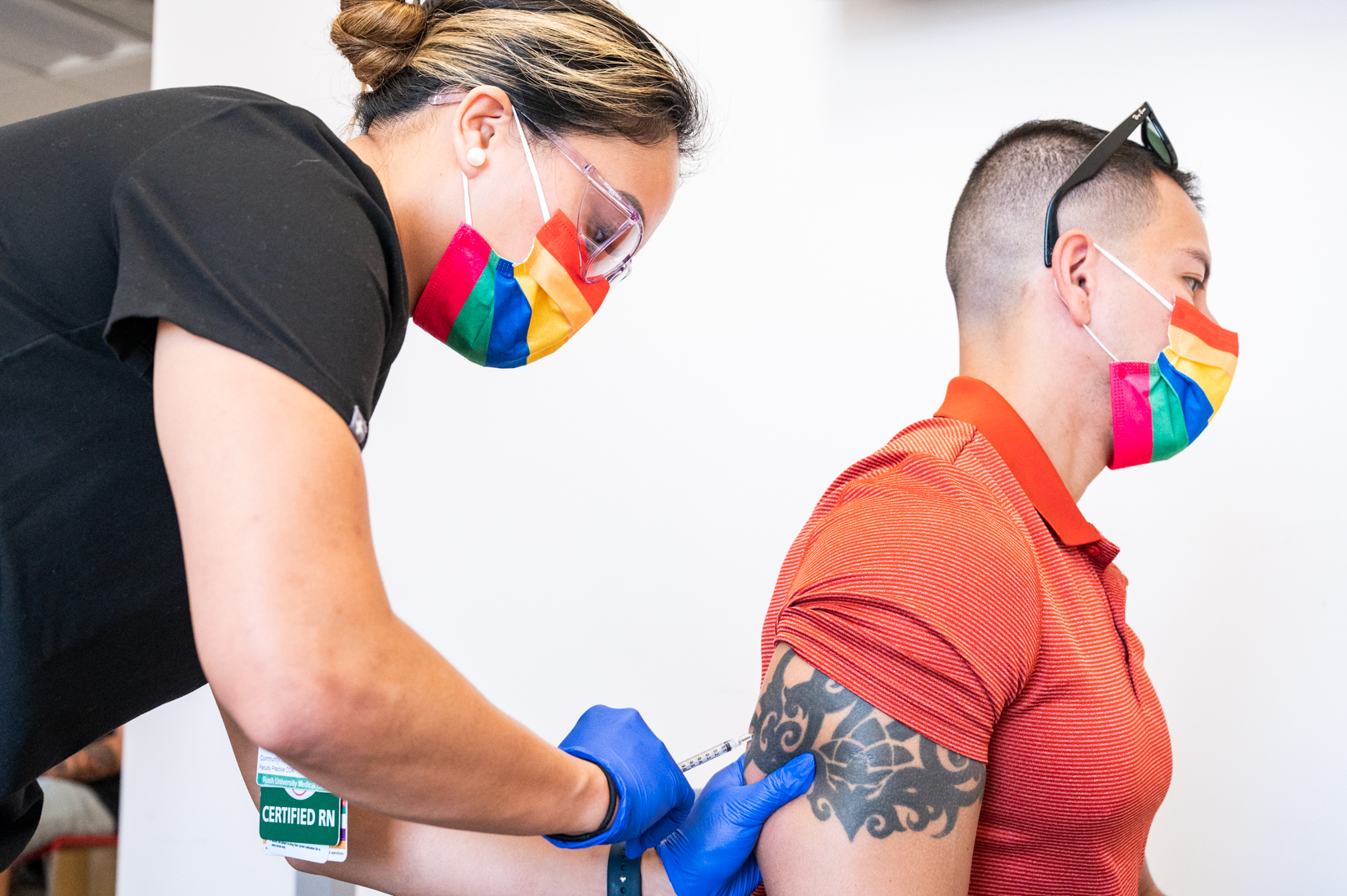When a hospitalized patient shows signs of a dangerous, potentially deadly infection, you’d expect clinicians to move quickly: testing to figure out what’s wrong, then treating with the right medicines.
But that’s not always what happens. And the reason is often financial: Federal regulators can fine hospitals hundreds of thousands or even millions of dollars if too many of their patients get hospital-acquired infections.
Some hospital leaders, realizing that if they don’t look for infections, they won’t find them, are discouraging testing, clinicians told STAT. Without testing, patients may not get the best treatment. Executives have also pressured staffers in some cases not to report infections to the government, they said.
What’s more, regulators have known about the problem for a decade, but neither Medicare nor Congress has taken action to fix it.
“This is like health care’s dirty little secret,” said Carol McLay, president of the Association for Professionals in Infection Control and Epidemiology. “Everybody knows it’s done. Nobody talks about it.”


This article is exclusive to STAT+ subscribers
Unlock this article — plus in-depth analysis, newsletters, premium events, and news alerts.
Already have an account? Log in
Source link

